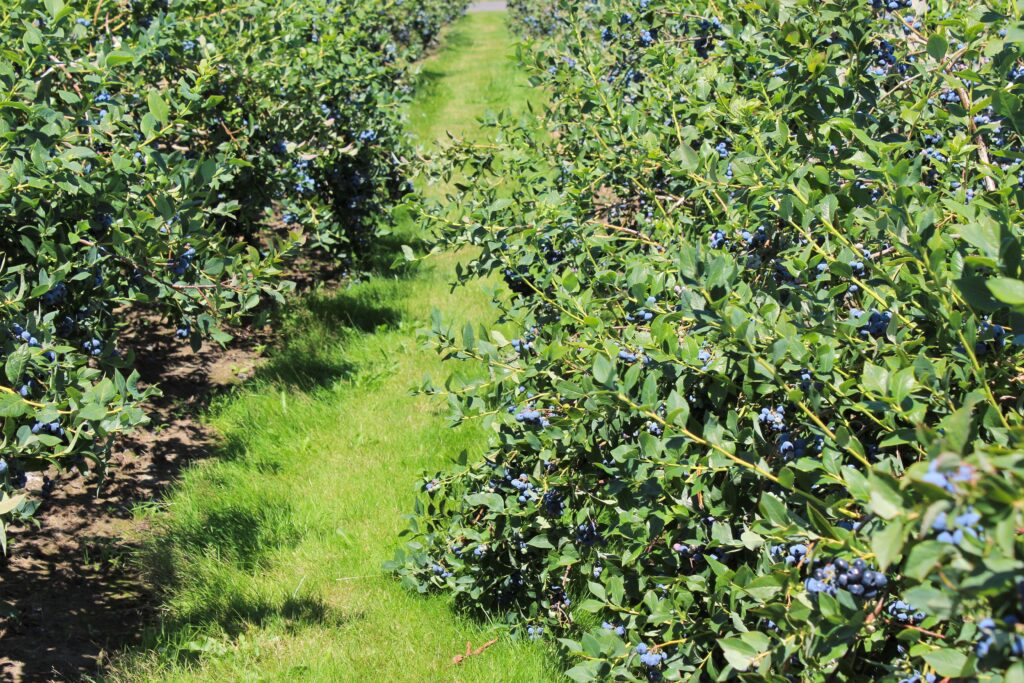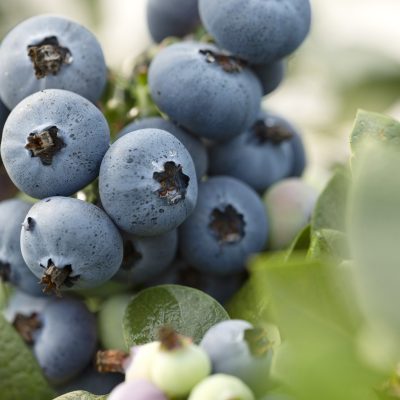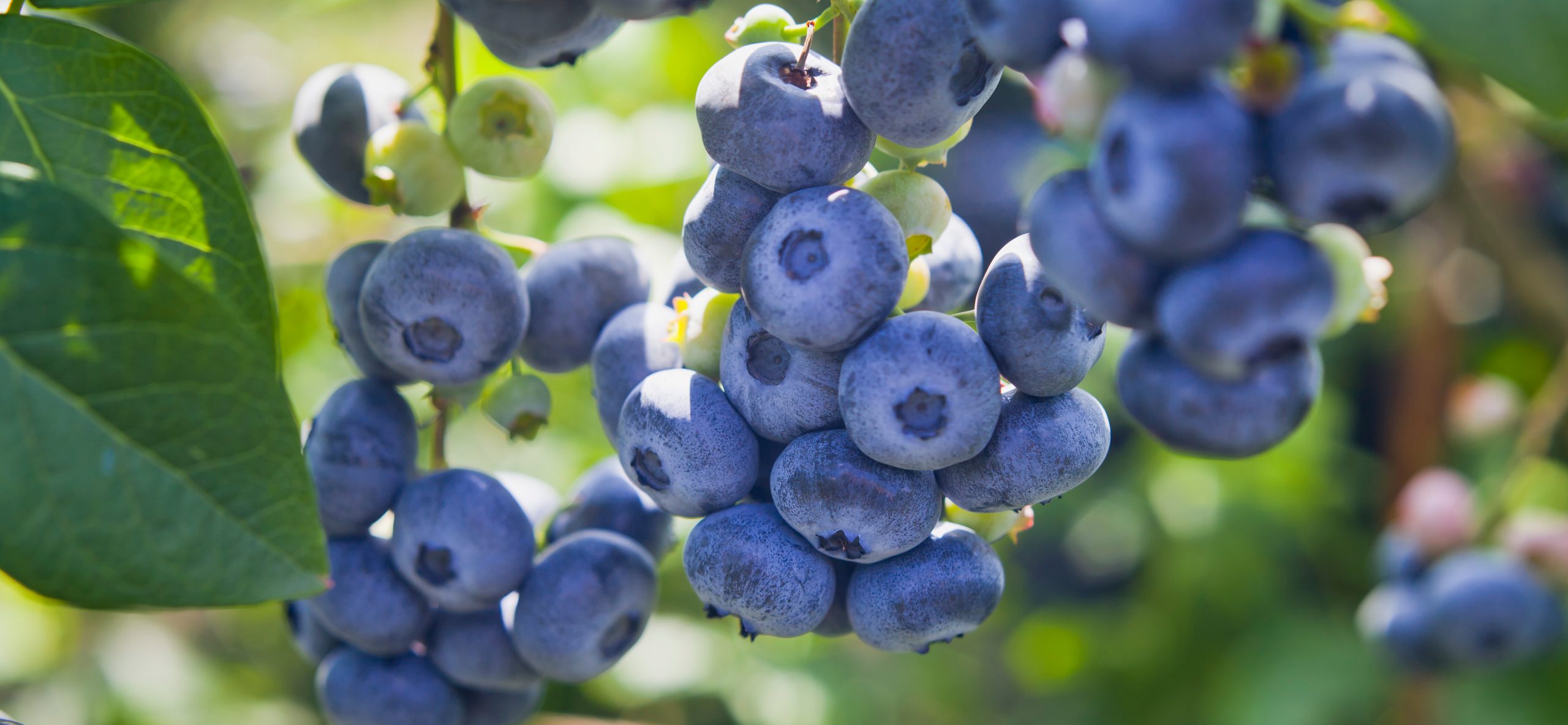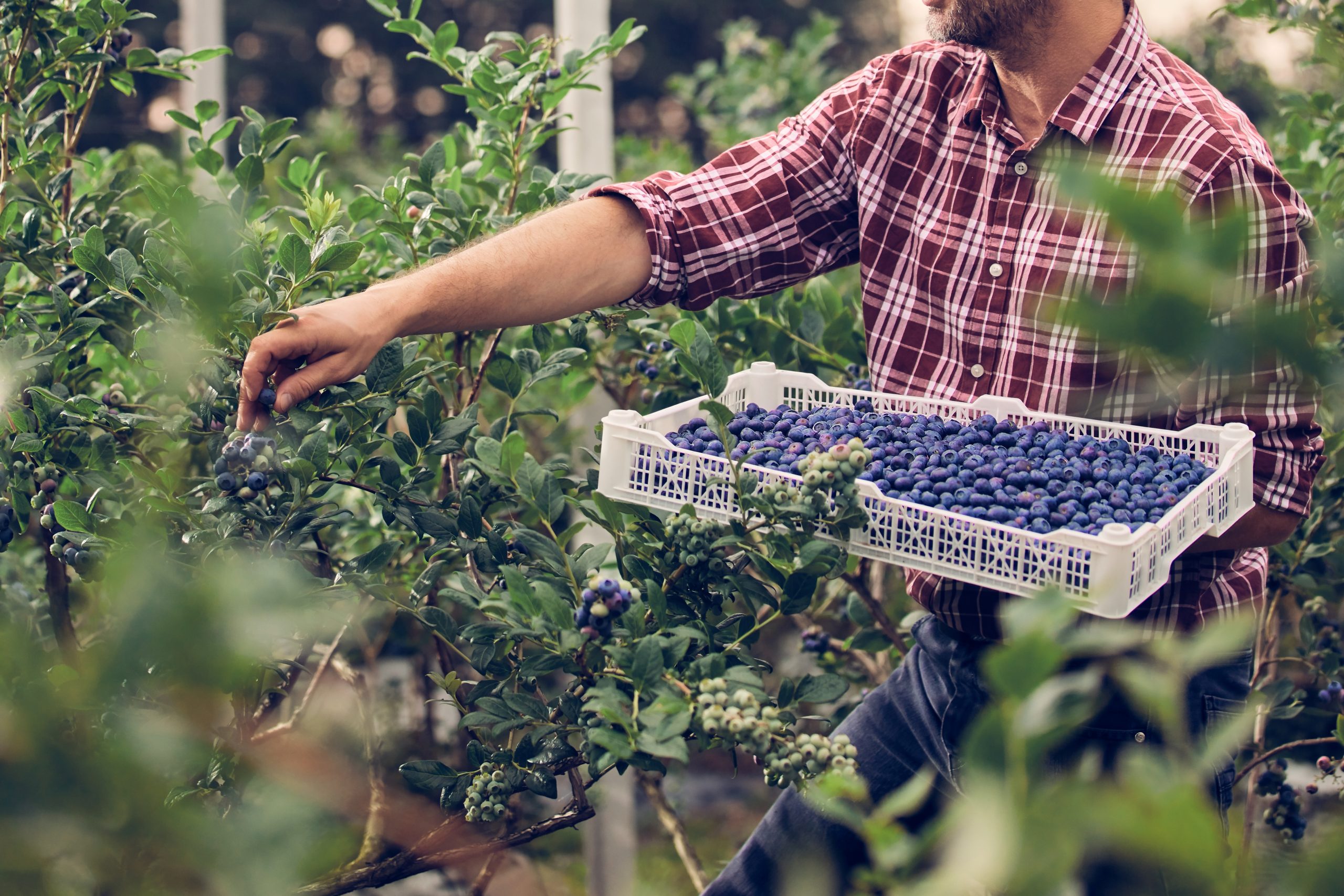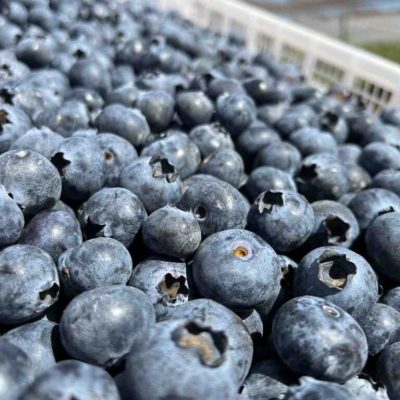The resilient journey of wild blueberries of America: From origins to cultivation challenges
August is prime time for wild blueberries, also known as “lowbush” blueberries, in the United States. While over 95% of wild blueberries are produced in Maine, wild blueberries are native to most of the northern United States.
Wild blueberries are perennial plants that naturally establish themselves following disturbance, and the location of many existing wild blueberry barrens can be traced back to the last period of glaciation in the U.S. While you can grow wild blueberries from seed, it can be challenging to do so, and can take 8-10 years for plants to mature and produce berries. Wild blueberries also thrive in very unique soil and environmental conditions that are not widespread. So, most commercial wild blueberry barrens are naturally occurring fields that growers nurture, including with regular disturbance (either mowing or fire) occurring every 2-3 years to increase yields.
These regular disturbances, along with the high genetic diversity that occurs within these natural barrens of wild blueberries due to centuries of evolution in place, means that relatively few pesticides are typically required to grow wild blueberries. Wild blueberry growers rely heavily on Integrated Pest Management (IPM) strategies to manage typical weed, insect pest, and disease pressures. With that said, invasive pests such as Spotted wing drosophila pose new challenges to the wild blueberry industry, and USDA is working closely with extension experts at the University of Maine and elsewhere ensure that wild blueberry producers have the tools they need to manage these new threats.
There is nothing quite like picking your own wild blueberries and eating them fresh, but thankfully 98% of wild blueberries grown in the U.S. are quickly flash frozen and shipped around the globe to be enjoyed in your granola, muffins, or pies.
23/08/2023



